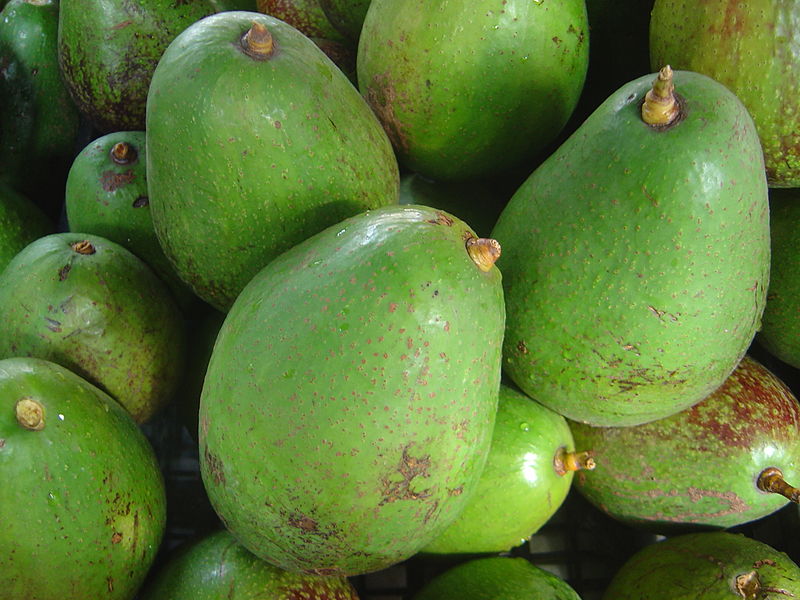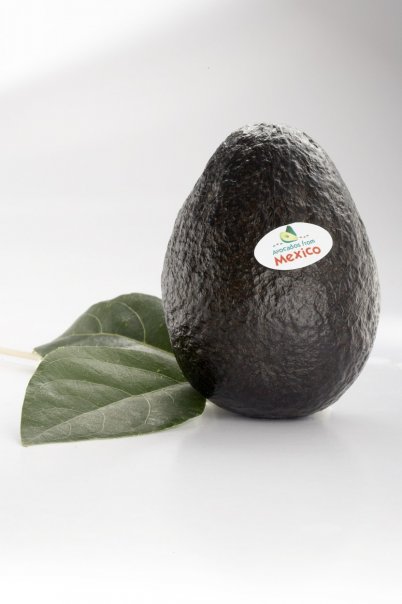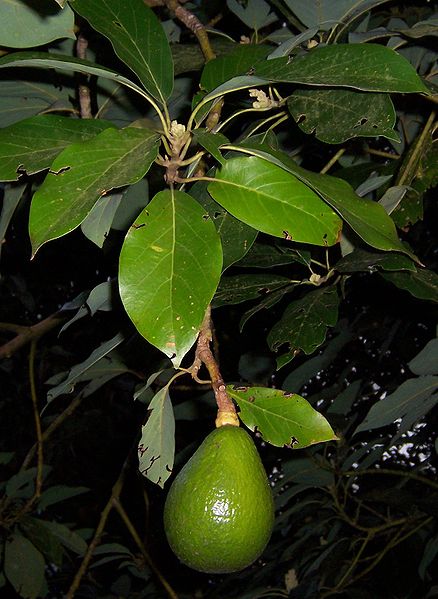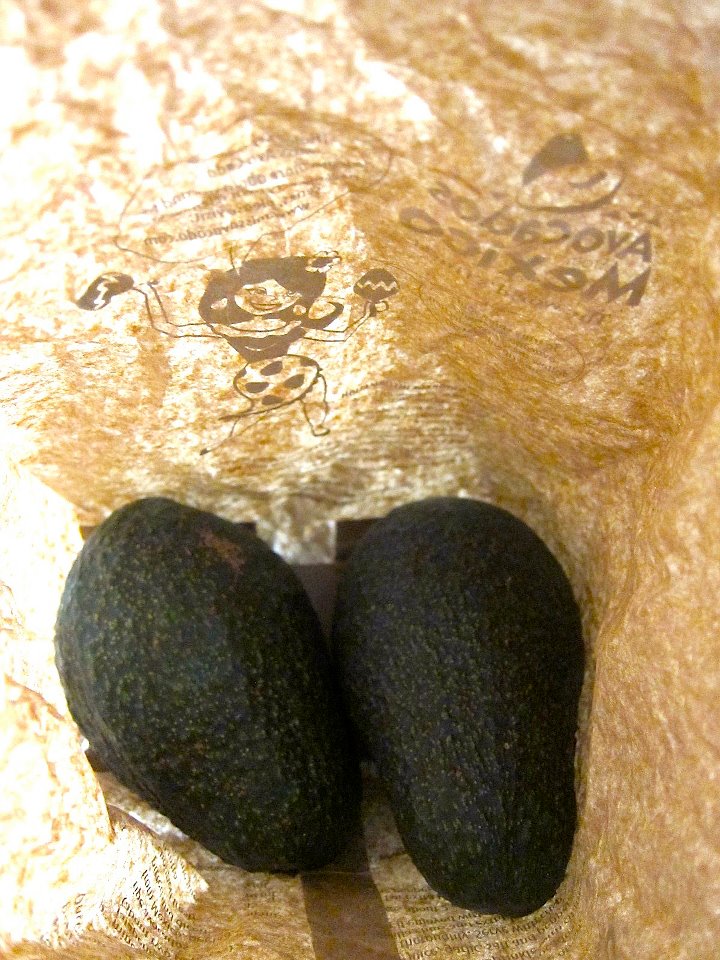
The Avocado and Company

Domain - Eukarya
Kingdom - Plantae
Phylum - Anthophyta
Class - Magnoliopsida
Order - Laurales
Family - Lauraceae
Genus - Persea
Species - Persea americana
Domain:
There are three possible domains for an organism: Eukarya,
Bacteria, Archea. Due to the presence of membrane bound
organelles and a true nucleus, avocados are classified in the
domain Eukarya.

Kingdom:
The kingdom plantae entails that an organism has chlorophyll,
stores glucose as starch, has a cell wall made of cellulose,
forms a cell plate during cell division, and also has an
alternation of generations. Avocados possess all of these
features, making them appropriate members of the kingdom
plantae.
Phylum:
The characteristics of the phylum anthophyta include the
production of seeds inside fruits that develop from the ovum of
the flower. This is what the actual avocado fruit that we eat
is!
Class:
Members in the class Magnoliopsida are considered dicots or eudicots.
Dicots have two cotyledons, netlike leaf structure, the capability
of growth in height as well as girth, and also the presence of
flowers in fours or fives. Other members of this family
include the
mango,
Magnifera indica, and the
orange,
Citrus sinensis, both found in the Sapindales order.
This chart shows the class Magnoliopsia and the orders that it
possesses. The orange and mango mentioned above belong in the
Sapindales order. The avocado belongs in the order Laurales, and the
family Lauraceae. Now that you can picture how the avocado is
classified in regard to class, order and family continue reading to
see exactly what these classifications say about the organism.
 Order:
Order:
The order Laurales encompasses seven families of trees and
shrubs. Most of the organisms in this order are found in
tropical climates. This order is also characterized by the
presence of a lone strand of conducting tissue from leaf to stem.
Family:
Characteristics of the family Lauraceae include good lumber
production, as well as very fragrant wood. Other members of
this family include
cinnamon,
Cinnamomum zeylanicum, and camphor,
Cinnamomum camphora.
Genus:
The genus Persea consists of evergreen trees producing
berries as fruits.
 Continuing
on in classification, this chart shows the order Laurales divided
into the family Lauraceae. The family Lauraceae then divides into
various genera, avocados belong in the genus Persea. As you
can see there are other genera closely related to the avocado
that have members you may be familiar with, such as the spicebush or
cinnamon.
Continuing
on in classification, this chart shows the order Laurales divided
into the family Lauraceae. The family Lauraceae then divides into
various genera, avocados belong in the genus Persea. As you
can see there are other genera closely related to the avocado
that have members you may be familiar with, such as the spicebush or
cinnamon.
Species:
Persea americana, the scientific name for the avocado. This
is the most specific classification for the avocado tree. No other
organism in the world has the same title as the avocado.
Next, take a look at the habitat page,
to see where avocados grow, or head to the home page to start from
scratch.
